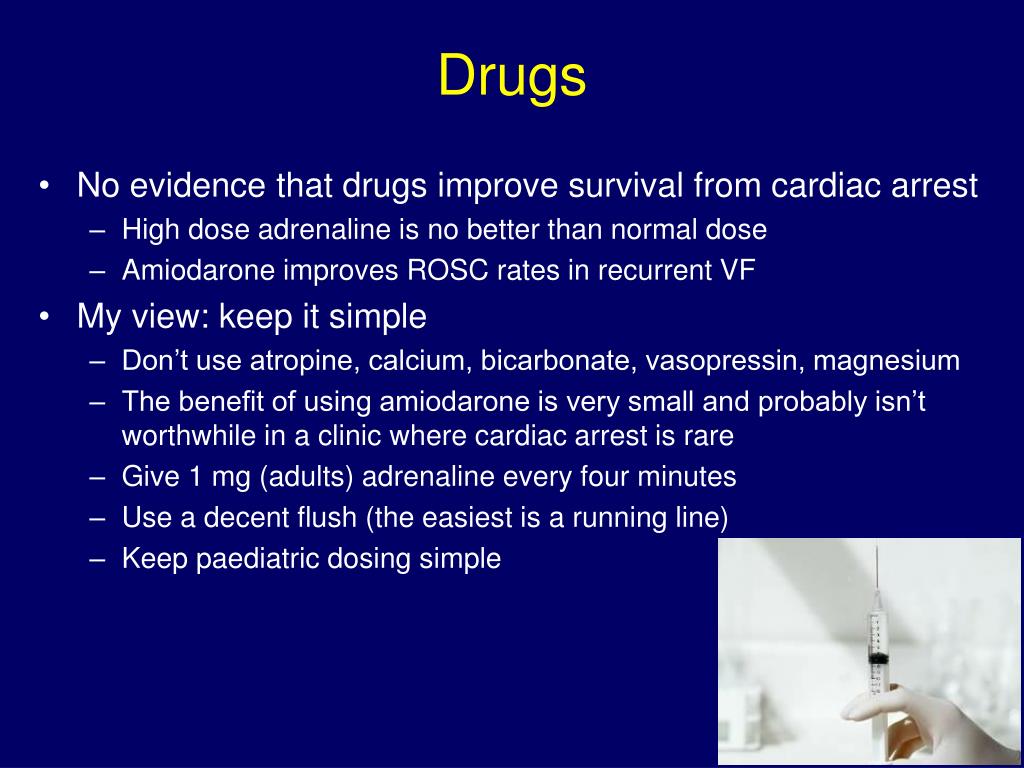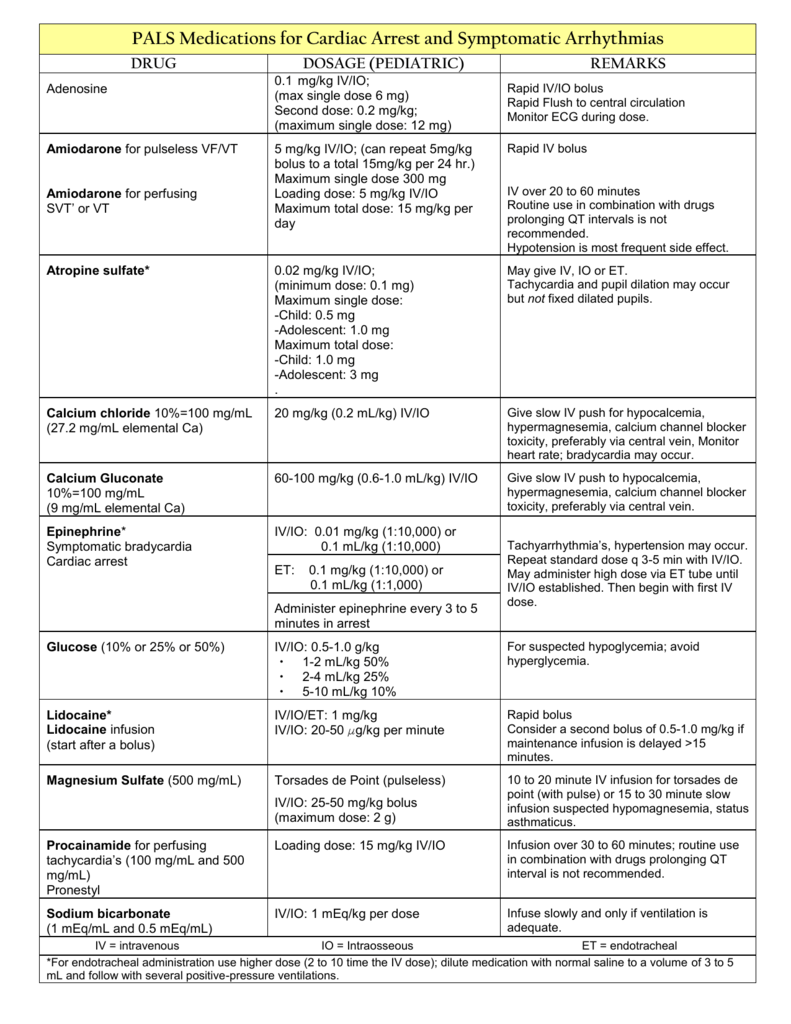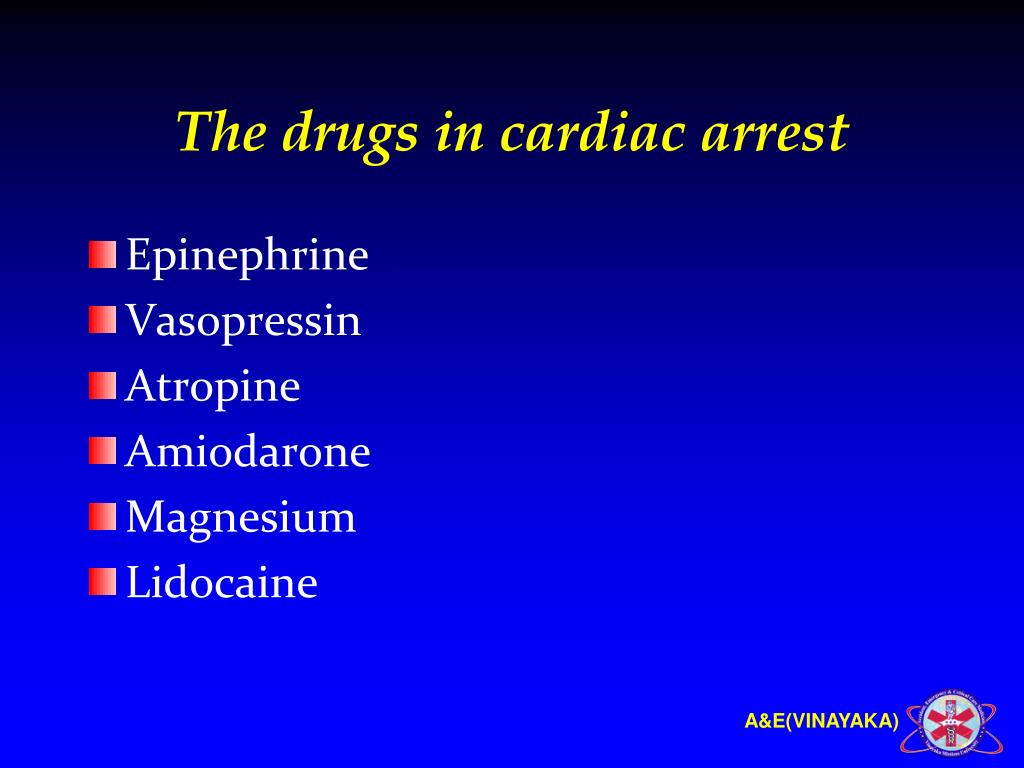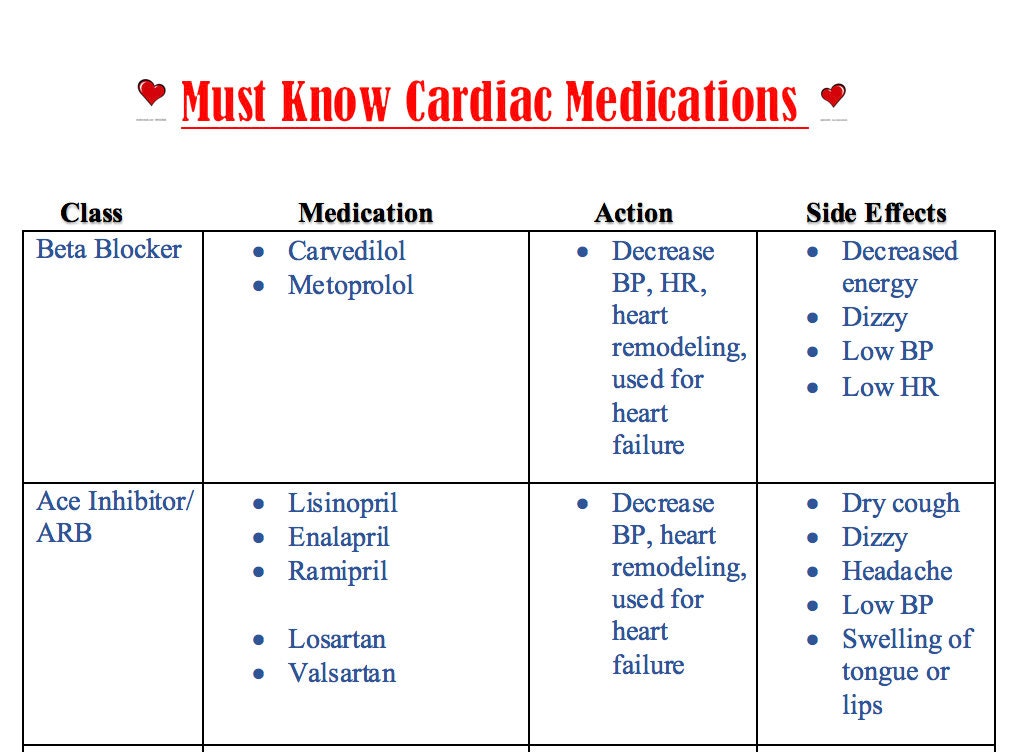Cardiac Arrest Drugs - Find the most popular drugs, view ratings and user. Compare risks and benefits of common medications used for cardiac arrest. • minimize interruptions in compressions. Adrenaline has been the primary sympathomimetic drug for the management of cardiac arrest for 40 years. Intravenous (iv) access is the preferred means of administering medications to patients during or after cardiac arrest, when compared to.
• minimize interruptions in compressions. Find the most popular drugs, view ratings and user. Compare risks and benefits of common medications used for cardiac arrest. Intravenous (iv) access is the preferred means of administering medications to patients during or after cardiac arrest, when compared to. Adrenaline has been the primary sympathomimetic drug for the management of cardiac arrest for 40 years.
• minimize interruptions in compressions. Find the most popular drugs, view ratings and user. Adrenaline has been the primary sympathomimetic drug for the management of cardiac arrest for 40 years. Compare risks and benefits of common medications used for cardiac arrest. Intravenous (iv) access is the preferred means of administering medications to patients during or after cardiac arrest, when compared to.
Cardiac Arrest
Compare risks and benefits of common medications used for cardiac arrest. Adrenaline has been the primary sympathomimetic drug for the management of cardiac arrest for 40 years. • minimize interruptions in compressions. Find the most popular drugs, view ratings and user. Intravenous (iv) access is the preferred means of administering medications to patients during or after cardiac arrest, when compared.
What Drugs Cause Cardiac Arrest?
Intravenous (iv) access is the preferred means of administering medications to patients during or after cardiac arrest, when compared to. • minimize interruptions in compressions. Adrenaline has been the primary sympathomimetic drug for the management of cardiac arrest for 40 years. Compare risks and benefits of common medications used for cardiac arrest. Find the most popular drugs, view ratings and.
PPT Cardiac arrest resuscitation made easy PowerPoint Presentation
Intravenous (iv) access is the preferred means of administering medications to patients during or after cardiac arrest, when compared to. • minimize interruptions in compressions. Find the most popular drugs, view ratings and user. Adrenaline has been the primary sympathomimetic drug for the management of cardiac arrest for 40 years. Compare risks and benefits of common medications used for cardiac.
PALS Medications for Cardiac Arrest and Symptomatic Arrhythmias
• minimize interruptions in compressions. Adrenaline has been the primary sympathomimetic drug for the management of cardiac arrest for 40 years. Find the most popular drugs, view ratings and user. Intravenous (iv) access is the preferred means of administering medications to patients during or after cardiac arrest, when compared to. Compare risks and benefits of common medications used for cardiac.
Amiodarone What Is It, How Does It Work, What Is It Used For, Side
Find the most popular drugs, view ratings and user. Intravenous (iv) access is the preferred means of administering medications to patients during or after cardiac arrest, when compared to. Adrenaline has been the primary sympathomimetic drug for the management of cardiac arrest for 40 years. Compare risks and benefits of common medications used for cardiac arrest. • minimize interruptions in.
PPT CARDIAC ARREST PowerPoint Presentation, free download ID5577198
Adrenaline has been the primary sympathomimetic drug for the management of cardiac arrest for 40 years. Compare risks and benefits of common medications used for cardiac arrest. • minimize interruptions in compressions. Intravenous (iv) access is the preferred means of administering medications to patients during or after cardiac arrest, when compared to. Find the most popular drugs, view ratings and.
Must Know Cardiac Medications Nursing Study Guide Etsy
Intravenous (iv) access is the preferred means of administering medications to patients during or after cardiac arrest, when compared to. Adrenaline has been the primary sympathomimetic drug for the management of cardiac arrest for 40 years. Find the most popular drugs, view ratings and user. Compare risks and benefits of common medications used for cardiac arrest. • minimize interruptions in.
Cardiopulmonary resuscitation презентация онлайн
• minimize interruptions in compressions. Find the most popular drugs, view ratings and user. Intravenous (iv) access is the preferred means of administering medications to patients during or after cardiac arrest, when compared to. Compare risks and benefits of common medications used for cardiac arrest. Adrenaline has been the primary sympathomimetic drug for the management of cardiac arrest for 40.
Emergency Drugs during Cardiac Arrest “LEAN” pharmacology
Compare risks and benefits of common medications used for cardiac arrest. Adrenaline has been the primary sympathomimetic drug for the management of cardiac arrest for 40 years. Find the most popular drugs, view ratings and user. • minimize interruptions in compressions. Intravenous (iv) access is the preferred means of administering medications to patients during or after cardiac arrest, when compared.
PPT ARC ALS Guidelines UPDATE (2011) PowerPoint Presentation, free
Intravenous (iv) access is the preferred means of administering medications to patients during or after cardiac arrest, when compared to. Find the most popular drugs, view ratings and user. • minimize interruptions in compressions. Adrenaline has been the primary sympathomimetic drug for the management of cardiac arrest for 40 years. Compare risks and benefits of common medications used for cardiac.
Find The Most Popular Drugs, View Ratings And User.
Intravenous (iv) access is the preferred means of administering medications to patients during or after cardiac arrest, when compared to. • minimize interruptions in compressions. Adrenaline has been the primary sympathomimetic drug for the management of cardiac arrest for 40 years. Compare risks and benefits of common medications used for cardiac arrest.









